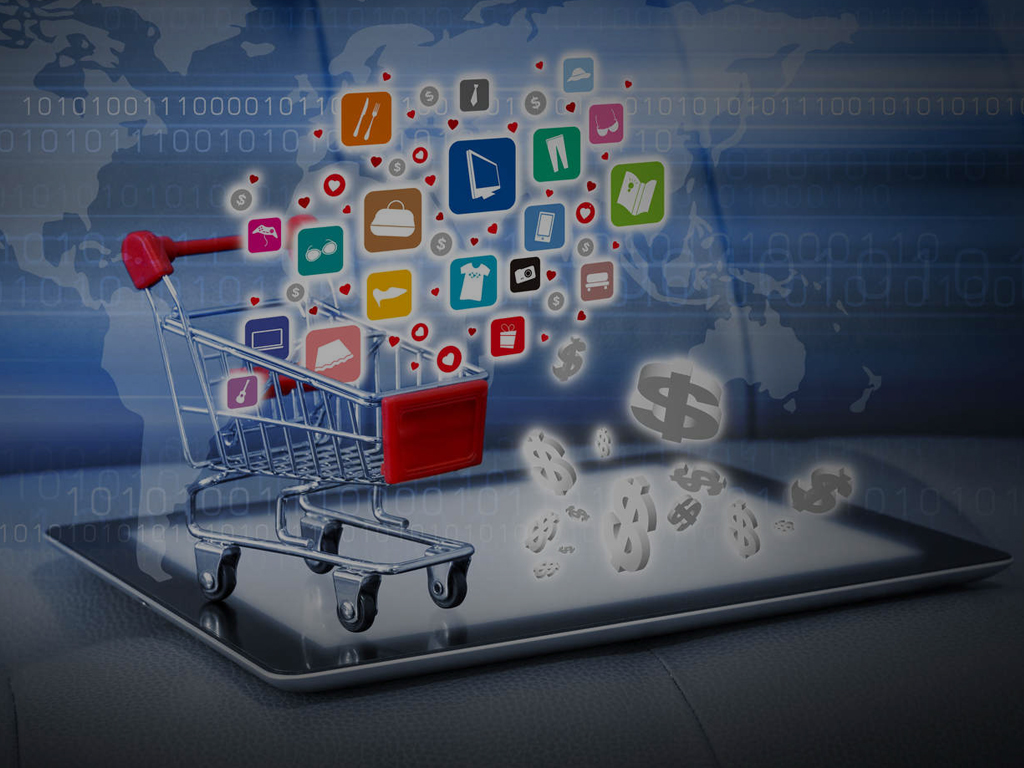For all intents and purposes, the previous hundred years, there have been just two types of business models: either create a new brand and product or become a retailer that sells the products. As a brand or item, it was important to watch out how to circulate the item, regularly making a discount business that sold to a retailer, which would put the item in plain view and hang tight for the deals. On the opposite side, the brand’s promoting would make demand, prompting more sales and progressively more motivation to the retailer to demonstrate the item through better placement.
The retail business has developed generously in view of eCommerce. Presently, brands themselves are the retailers, with the brand advertising on the web to drive shoppers to the company’s site or through an online retailer – for example, Amazon. The eCommerce business keeps on developing, too, as versatile innovation has prompted another domain of advertising, explicitly web based life. Furthermore, the presentation of artificial intelligence (AI) in the retail space has pushed the limits much further. Jorge Zuñiga, a successful businessman and entrepreneur from Costa Rica, has survived the majority of the advances found in the retail business and shares a portion of the exceptional advancements the worldwide eCommerce industry is going to see over the next five years.
Voice Commerce, or V-Commerce, is going to take off. Gadgets, for example, Amazon Echo and Google Home, will significantly change eCommerce as they become the new mainstays. Clarifies Zuñiga, “Throughout the following couple of years, V-Commerce gadgets will be seen in basically all homes. Buyers will be ready to guide them to buy items, with the request being conveyed straightforwardly to the purchaser’s favored retailer.”
The Internet of Things (IoT) is ready to be a significantly greater impetus for change than V-Commerce. A developing number of gadgets, including fridges, clothes washers and even toothbrushes, are associated with the Internet. Smart kitchens can examine things in the cabinet and consequently place orders when supplies run low.
To plan for the advancement, retailers must be readied. “Begin putting resources into turning into a brand,” says Zuñiga. “Allocate a portion of the organization’s revenue and put it into research and development (R&D) to design new products or services.” Since retailers normally know what will sell and what won’t, they are ahead of inexperienced, weaker competition.
Zuñiga additionally recommends attention to alliances with large retail gatekeepers, for example, Amazon and Google. “Sell items through Amazon or introduce a retail eCommerce store that works with Google Express. Then, integrate Apple Pay into the store’s site or application,” adds Zuñiga.
Through R&D, retailers can figure out which IoT gadgets are well on the way to fit the marketable strategy. For instance, a dealer offering perishables or cleanser could go to LG or Samsung to make designs that will see the item discharged with the IoT gadget.
Some may accept that V-Commerce and IoT are just sci-fi; in any case, the fact of the matter is the truth is out there. IoT gadgets, in light of studies, are expected to be seen in the homes of in excess of 35 billion families by 2021, up from the 23 billion seen last year. Similarly to how cell phones were at one time an “odd” thing that is now currently overwhelming the market, IoT and V-Commerce gadgets will do likewise.
The following five years are going to altogether reclassify the retail world. The individuals who lead the race will be the individuals who are eager to move on board toward the start, rather than holding up until the new eCommerce industry has been created.






